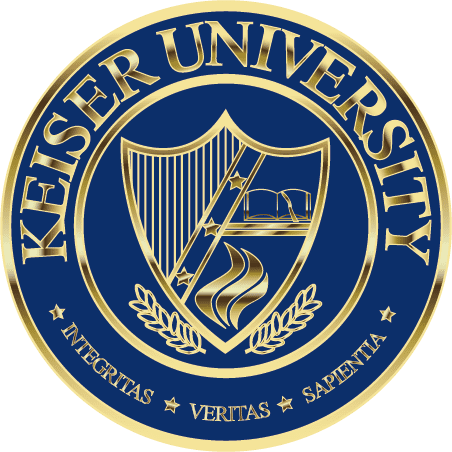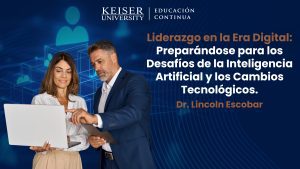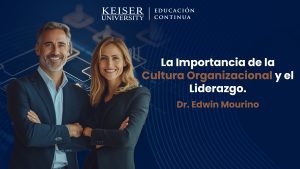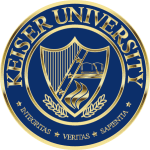Edwin Mouriño-Ruiz, Ph.D.
Helping leaders help themselves
Focusing on the HI in the workplace in addition to AI
A Human Intelligent (HI) Workplace is defined as one where leaders model effective leadership behaviors at creating an environment where the worker’s experience is one of being engaged while collaborating with their diverse team members. It is a workplace where the workforce feels safe when raising different perspectives, taking risks, being innovative, or creative. It is a workplace where the workforce feels listened to and understood by their leaders. It is a workplace where the workforce finds fulfillment in the work they do and, in the organization, they work in.
The following describes each of the categories and their importance of making High Intelligent (HI) Workplace.
- Leadership – effective leadership is fundamental to organizational success. It is one where an individual in a leadership position creates a positive workplace experience by focusing on the people in the organization. Effective leaders lead by influencing, engaging, and creating an inclusive environment where employees feel happy to work for the organization. Leadership has been defined as a role or a quality in a person, that may have a ripple effect on subordinates, department, and/or organization.
- Environment – this is all about the organizational culture. Culture is about shared values, attitudes, and practices that characterize an organization. Organizational culture has been described as the personality of the organization. A healthy organizational culture has been associated with increased health of the workforce.
- Experience – Workplace experience is a holistic approach to creating an optimal environment for employees to do their work. The employee experience is the interactions an employee has with people, systems, policies, and the physical and virtual workspace. When it is positive, it can lead to a more engaged and productive workforce.
- Engaged – Employee engagement is the positive connection a person has towards their work. It’s reflected in their attitude, effort, and involvement. Research has proven that higher employee engagement positively influences organizational success. This has been associated with a workforce that is more vested in the outcomes.
- Collaboration – Collaboration is all about team dynamics. An effective team has been defined as a group of people with complimentary skills, committed to a common purpose, mutual goals, and well-defined working approach. The team members trust each other and hold themselves accountable.
- Diverse team – A diverse team is all about the diversity of the workforce along with ensuring all team members feel included and that they receive equitable opportunities to contribute. Diversity has been described as any dimension that can be used to differentiate groups and people from one another. Diversity is about empowering people by respecting and appreciating what makes them different, in terms of age, gender, ethnicity, religion, disability, sexual orientation, education, and national origin.
- Safe – This component is about Psychological Safety. Psychological safety in the workplace refers to the collective belief or acknowledgment that any member of the organization can voice their perspective without fear of punishment, exclusion, or humiliation. In a workplace that promotes psychological safety, employees are more likely to feel comfortable expressing their ideas and personalities, as there is a greater sense of trust and respect in the environment.
- Listen – This is all about communications and how effective leaders are at communicating and listening to the concerns, ideas, and uniqueness of each of their team members. Listening is active. Listening, is something consciously chosen to do. Listening requires concentration so that your brain processes meaning from those speaking to you. Listening leads to learning. Communications and listening are imperative for leaders and their workforce’s success.
- Understood – This is all about empathy. Empathy has become a crucial and global competency for leaders. Empathy has been defined as the capacity to understand or feel what another person is experiencing from within their frame of reference, that is, the capacity to place oneself in another’s position.
- Fulfillment – This is all about purpose and happiness. Today more and more of the workforce are looking for purpose in the work they do and want to be happy in the place they work in. Purpose has become increasingly important enough that some organizations are considering a Chief Purpose Officer at the C-suite level. A happy worker has become important enough where research has begun to show that a happy worker with a purpose is healthier, more intrinsically motivated, have higher job satisfaction, is less stressed, more productive, and can lead to lower attrition and an a more engaged workforce.
So, the question to ask yourself is how human intelligent is your workplace? What would the workers say if they were asked? Are your leaders and workforce on the same page when it comes to their organizational environment? Workers and leaders usually seem to have different perspectives on what is truly important for the workers and workplace. If you want to learn more, reach out to the author.

















